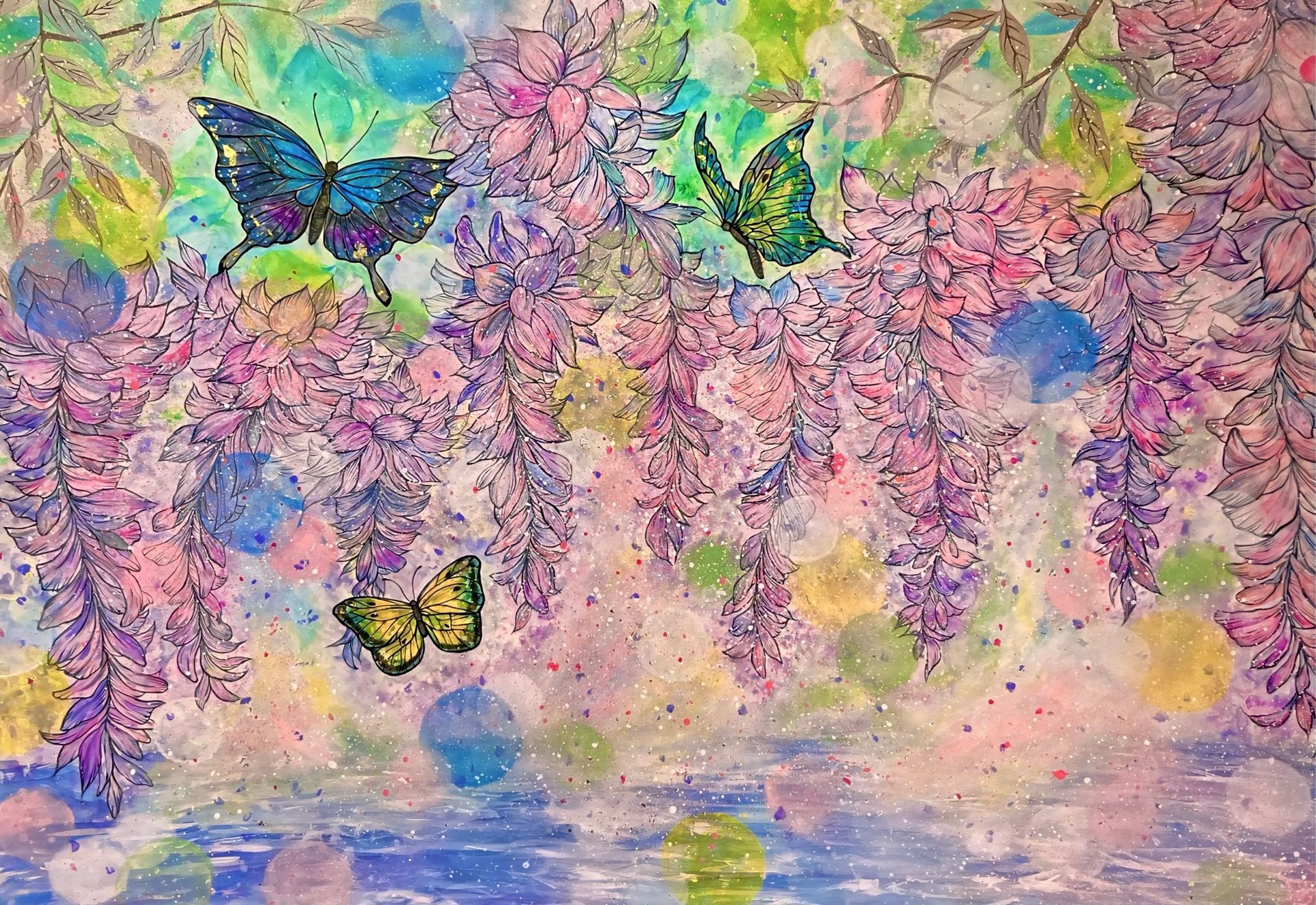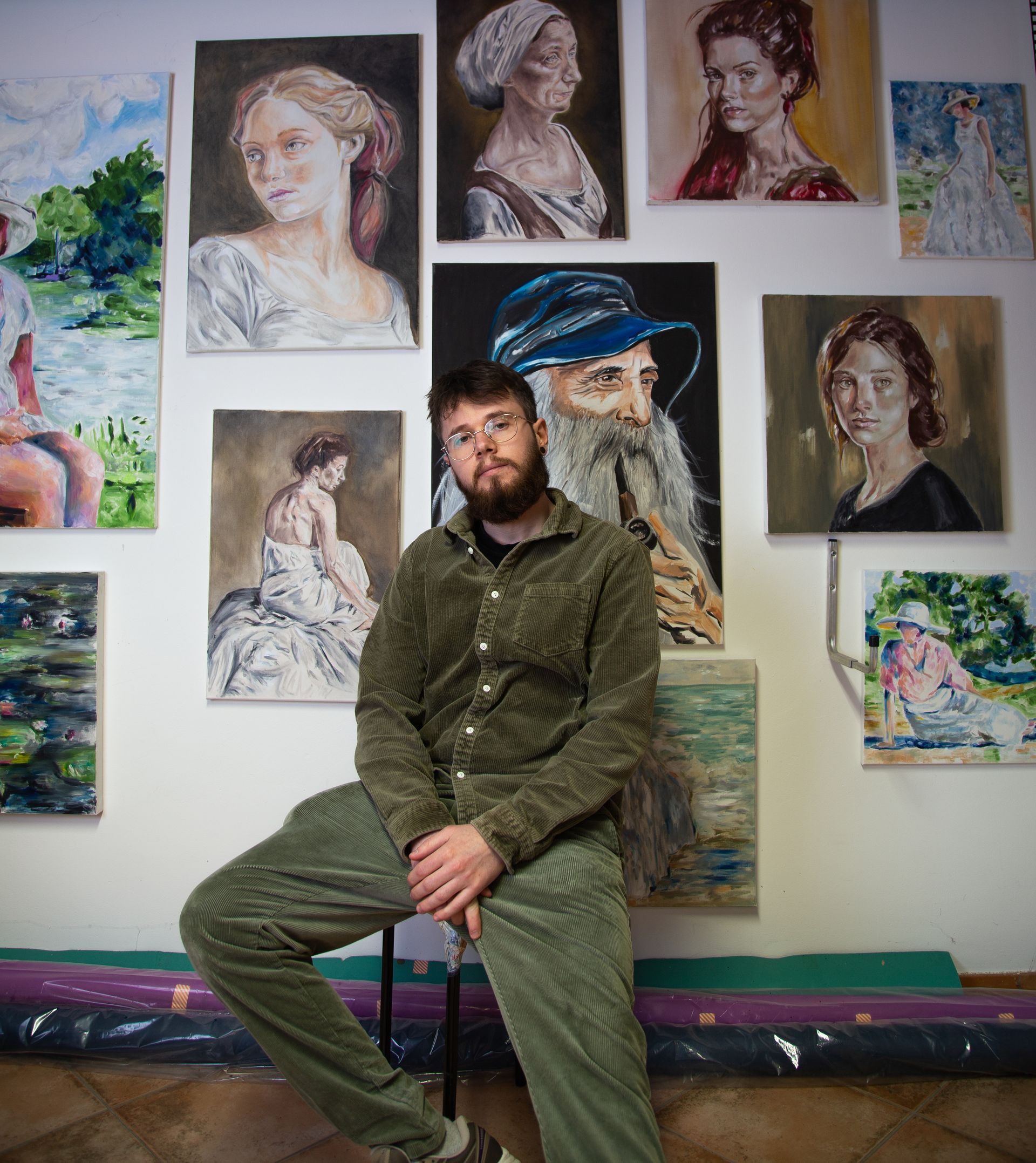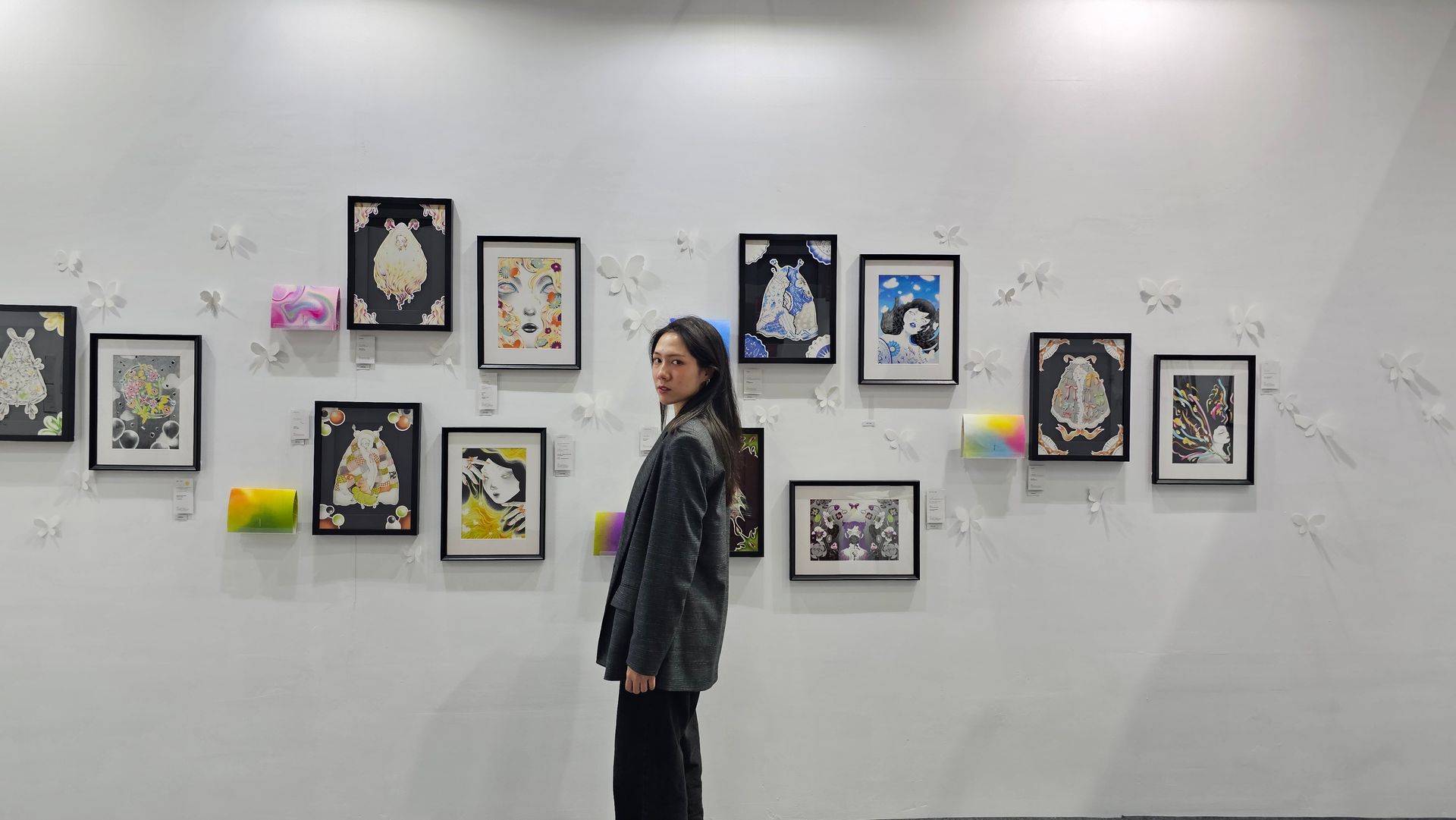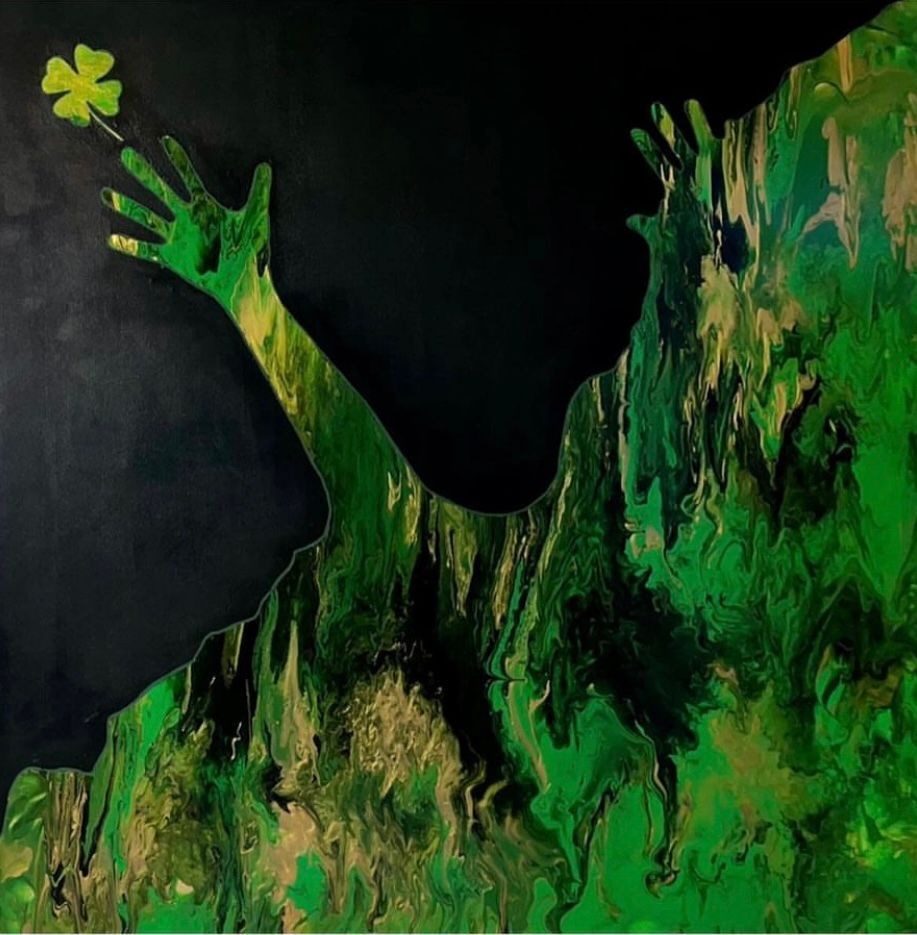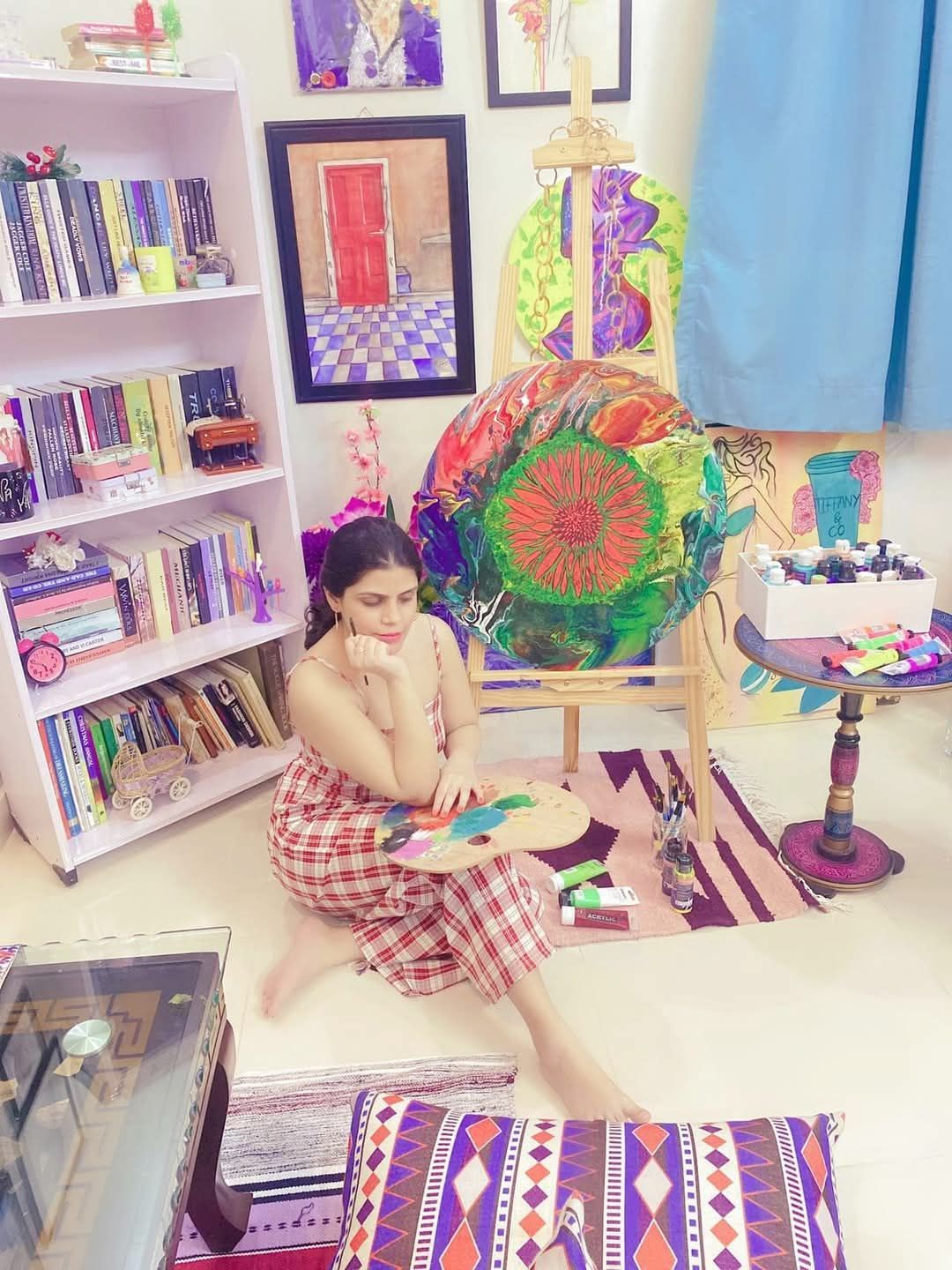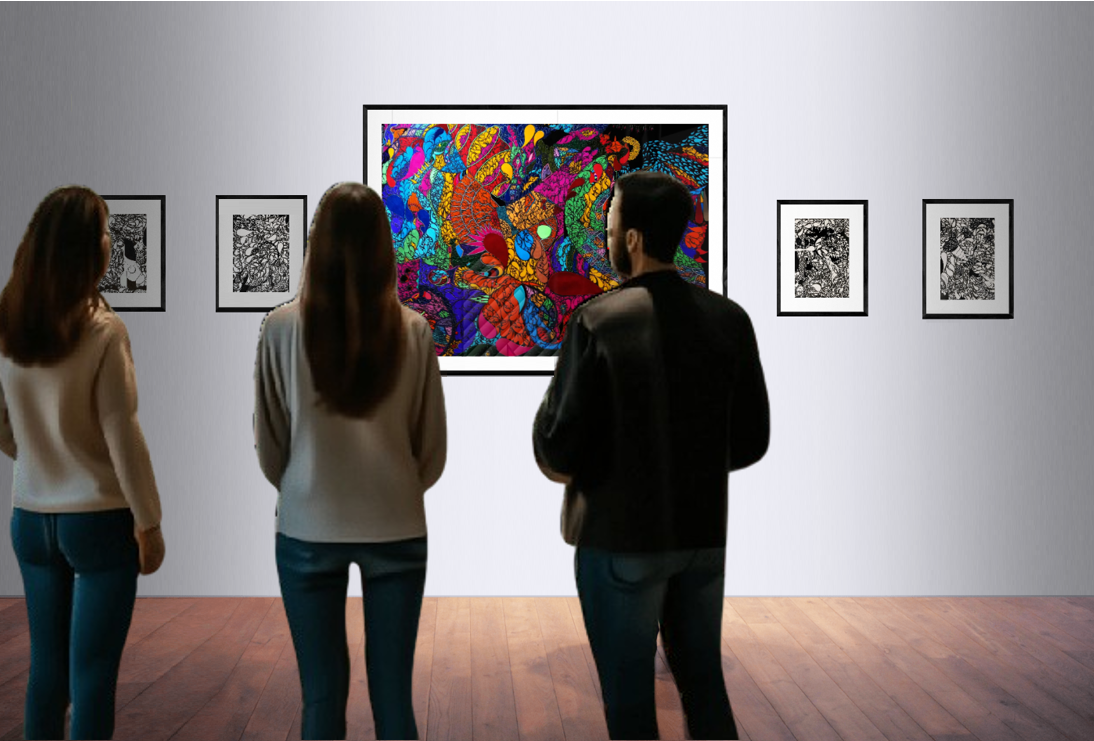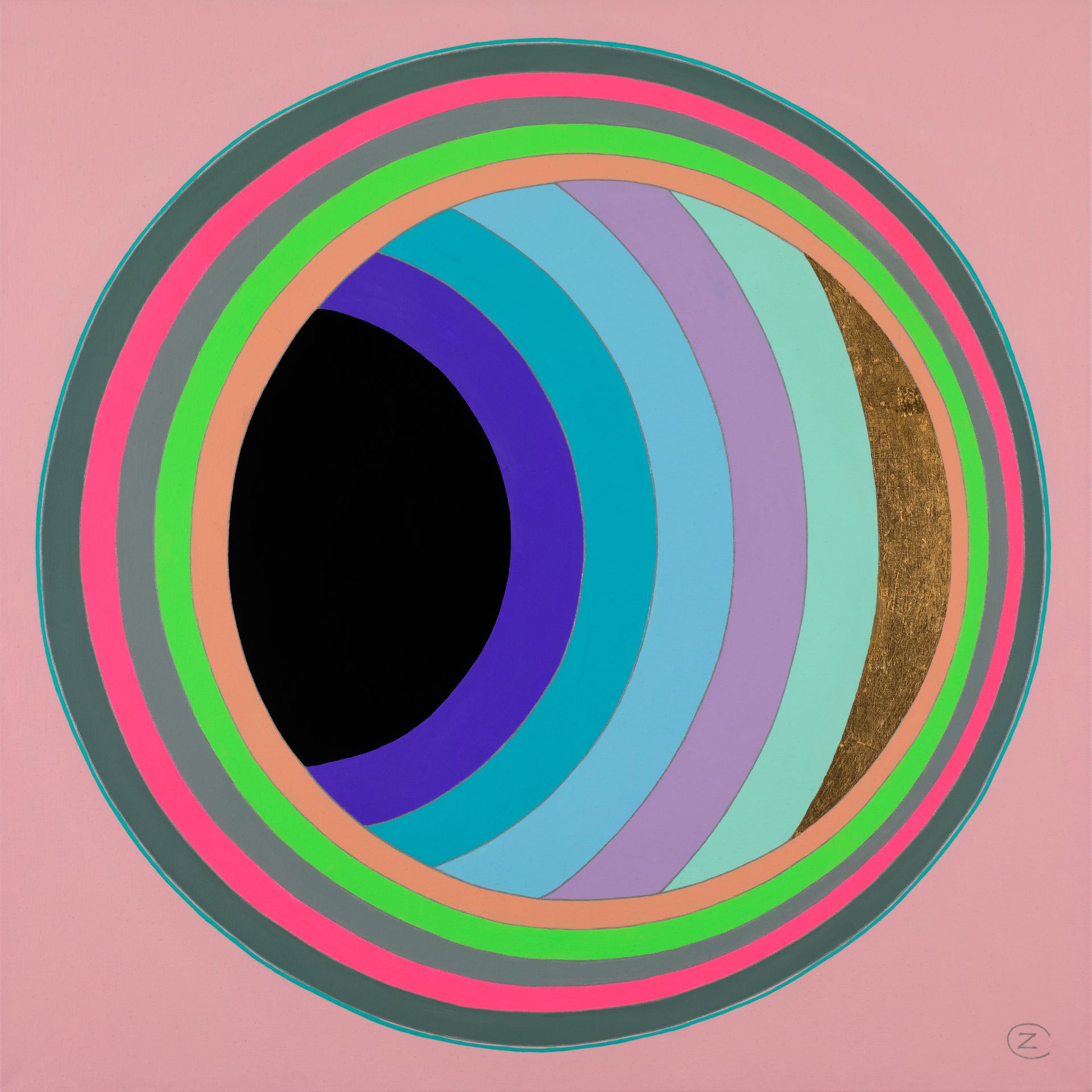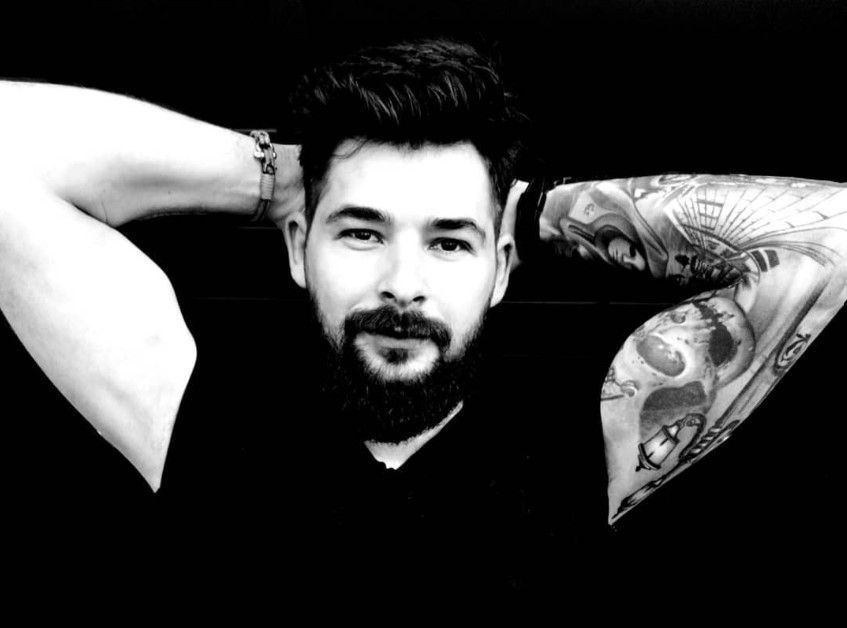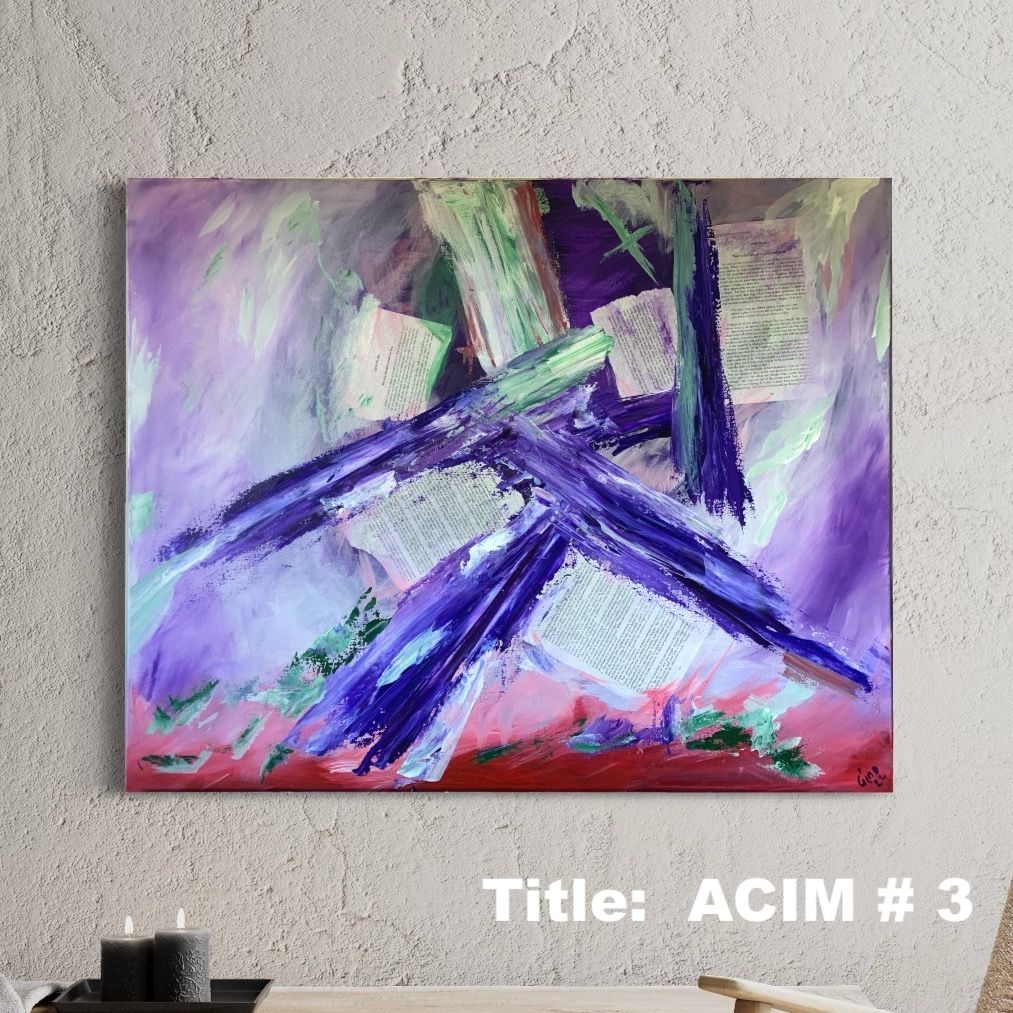Iker García Barrenetxea, Spanish artist: Balls Pond Road reflects the everyday life of east London
Iker García Barrenetxea, Spanish artist: Balls Pond Road reflects the everyday life of east London.
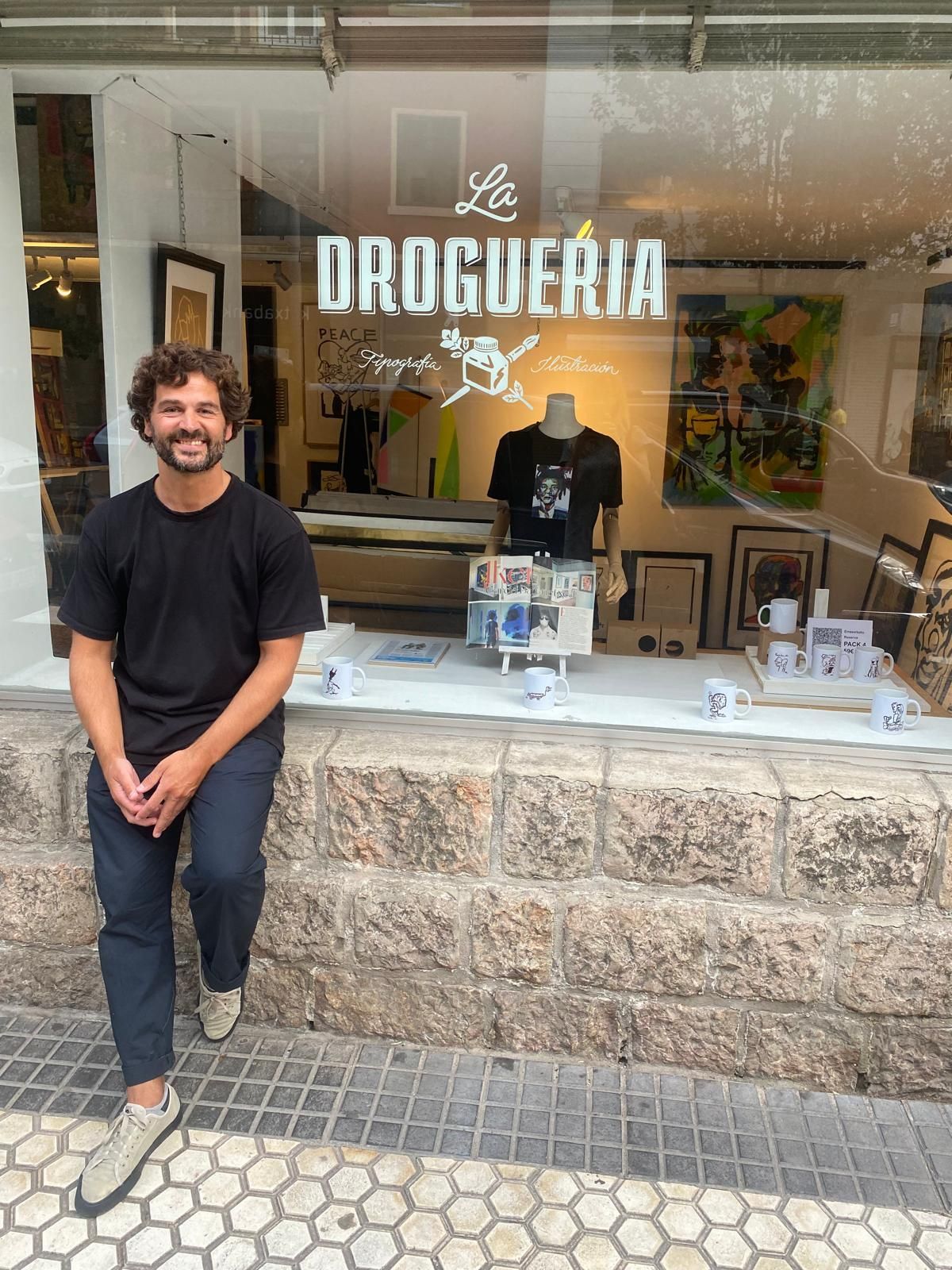
Spanish artist Iker Garcia Barrenetxea has been selected by Artist Talk magazine to exhibit his work Balls Pond Roadat the iconic stations in London's iconic and Oxford Circus metro stations. The exhibition, which coincides with the prestigious Frieze London art fair, will show Barrenetxea's work on the displays of the escalators, where thousands of Londoners and international visitors will be able to enjoy their work every day. Balls Pond Road, a piece deeply connected to his time in London, has previously been exhibited at several art events in the British capital, and his selection for this initiative represents an important recognition of his career and artistic career.
Artist Talk magazine has selected your work Balls Pond Road to showcase it on the displays of the escalators of two iconic London Underground stations such as Leicester Square and Oxford Circus. What does this mean for you? How was the selection process?
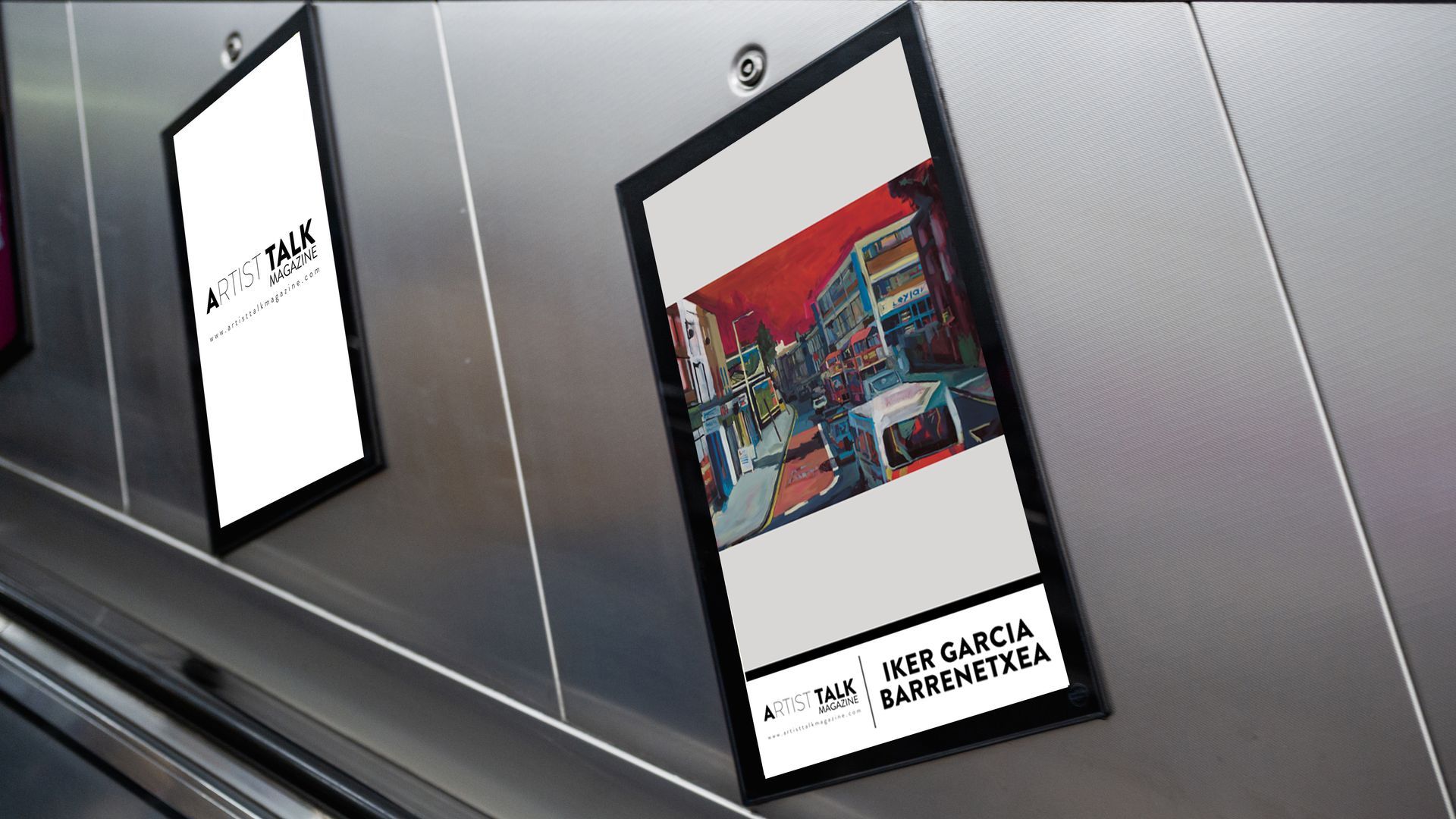
I am happy to see my work on display in a place as iconic as the London Underground. I presented a work for the contest that the magazine published on Instagram, and in a short time they confirmed to me that my work would be part of the exhibition.
Why did you decide to participate with this particular work? What does Balls Pond Road mean to you?
It has a special meaning for me, as it is deeply linked to my time in London and its journey as a work. He exhibited it at events such as the Hackney Wick Festival, The Vyner Studio, and at a design agency in Clerkenwell. Then I sent it to my studio in San Sebastian, and it was acquired by a foundation in Denmark. In addition, the Gordailua, Gipuzkoa Patrimony Collections Center, acquired a special edition, which fills me with pride.
Do you think this marketing strategy will be useful for your career as an artist, especially considering that the projection of your work coincides with the celebration of Frieze London?
Undoubtedly, during Frieze London, the traffic of international curators, gallers and collectors increases significantly.
Balls Pond Road is a famous street in the Dalston district. What inspired you to capture the moments on this street in east London?
I was inspired by the everyday life of east London, places that, although not iconic, are full of history and character. I wanted to capture the contrast between the urban hustle and the quiet moments I watched, like the ones I saw from the bus on the way to work. That mix of constant movement and moments of introspection is something that caught my attention.
Hackney Wick, Brick Lane, Bethnal Green, Shoreditch... Many of your works reflect different corners of East London. Why this focus on that part of the city?
East London was my home for nearly two decades, and the daily rhythm of life in that area profoundly shaped my artistic expression. In 2003, a gallery in Mayfair extended an invitation for me to exhibit at the Mall Galleries a dream come true to present my work in the city, which prompted me to broaden my series of urban landscapes. This region of London serves not only as the backdrop for my creations but also as an ever-flowing source of inspiration, embodying the diversity, creativity, and ongoing transformation that define the essence of the city.
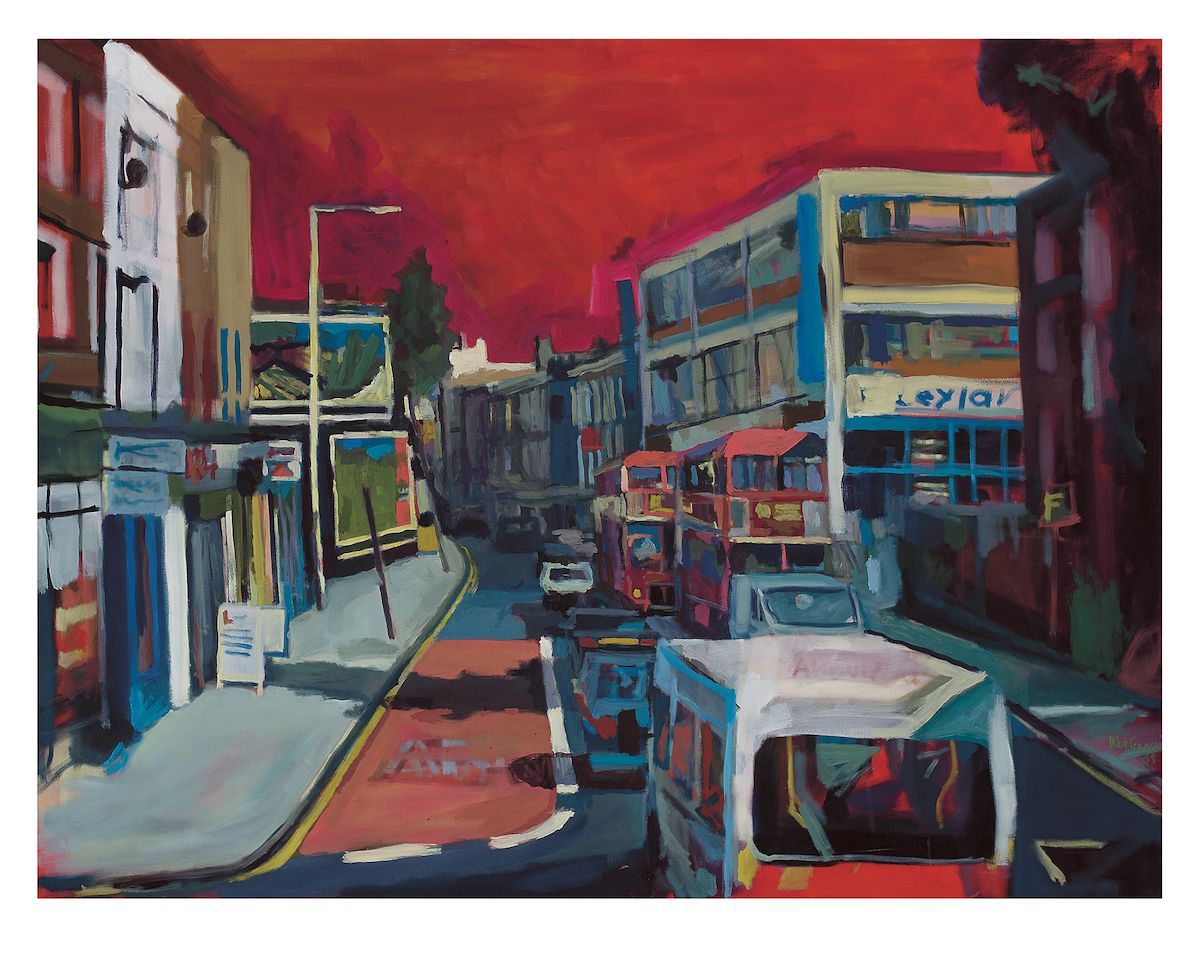
Do you think this obsession with east London has anything to do with the fact that your gallery, The Vyner Studio, was located there 11 years ago?
The Vyner Studio, with its natural light and views of the Canal Regents, was the perfect place to paint. He knew the area very well and Vyner Street was surrounded by other galleries, creating a vibrant arts community. Especially during the First Thursdays, there was a great artistic environment, which made it an ideal space to work and connect with other creatives.
What memories do you have of that time? How was the art world moving in that area compared to the present?
I remember the creative boom of Hoxton and Shoreditch in the early 2000s, when the area went from being marginal to being in full effervescence. Galleries such as White Cube and Flowers coexisted with trendy bars, strip clubs and graffiti from , creating a fascinating mix. Brick Lane's industrial spaces were used for charts and pop-ups, and later for fairs such as The Other Art Fair. First Thursdays generated a steady flow of visitors. Today, online platforms and social media have transformed the way we promote, discover and acquire art, which has changed the dynamics a lot.
Remember the Spanish move of those years in London? It was a time when many Spaniards lived and worked there. How did you live that experience?
When I arrived in London in 2000, at the age of 21, it was not common to listen to Spanish. Over time, especially after the crisis, the number of Spaniards grew greatly and the community strengthened. Personally, I collaborated with several Spanish artists I met there, and at The Vyner Studio I presented exhibitions such as Barcelona Design meets London Design. In addition, I had artists in residence of the Canary Islands and Seville, which was very enriching.
Now you live in San Sebastian, you miss London? How often do you visit the city?
I certainly miss London, although living in San Sebastian has brought a positive change in my lifestyle, allowing me to enjoy more tranquility, nature and surfing. Still, I maintain a very special bond with London and try to visit it frequently. It remains an inexhaustible source of inspiration for my work.
Tell us about the new projects you're working on. Is there anything you especially get excited about at this stage of your career?
I'm very excited about my current projects. I have opened an atelier and gallery, The Droguería, in San Sebastian, and launched my new website. I am collaborating with several national galleries and participating in a collective exhibition in October entitled Puzzle. I also presented a new play titled Dream Lights for the Dantz electronics festival, inspired by dreams. I'm getting more invitations than ever, which motivates me to continue creating and exploring new possibilities.
In your opinion, what influence has London had on your artistic evolution? How does the city reflect in your work?
London, with its energy and constant transformation, has been a key factor in my artistic development. It has taught me to trust my work, to collaborate with other creatives and to explore different forms of expression. The interaction between the city and its inhabitants, the chaos and reinvention, are elements that are reflected in my work. London inspires me to create and find new ways to connect with the public.
How has the perception of urban art or art that reflects urban landscapes, as in the case of Balls Pond Road, change over the years?
The art that reflects urban landscapes is now valued as a way of documenting not only the physical space, but also the social and cultural changes that occur in those places. Works such as Balls Pond Road capture both a place and a specific moment in time, which has generated greater interest among the public. Artists like Edward Hopper and Antonio Lopez have been great influences for me, and photography and cinema have also played an important role in how we represent urban spaces and their evolution.
Balls Pond Road on London Underground
Leicester Square
Friday 11th October 2024
(10:00 – 16:00)
Entrance and exit for the Northern Line. This is a escalator for entrance and exit.
Oxford Circus
Saturday 12th October 2024
(All Day)
Exit from Victoria Line - Northbound platform 6. This is a single escalator.
From El Ibérico-
https://www.eliberico.com/iker-garcia-barrenetxea-artista-espanol-balls-pond-road-refleja-la-cotidianidad-del-este-de-londres/
